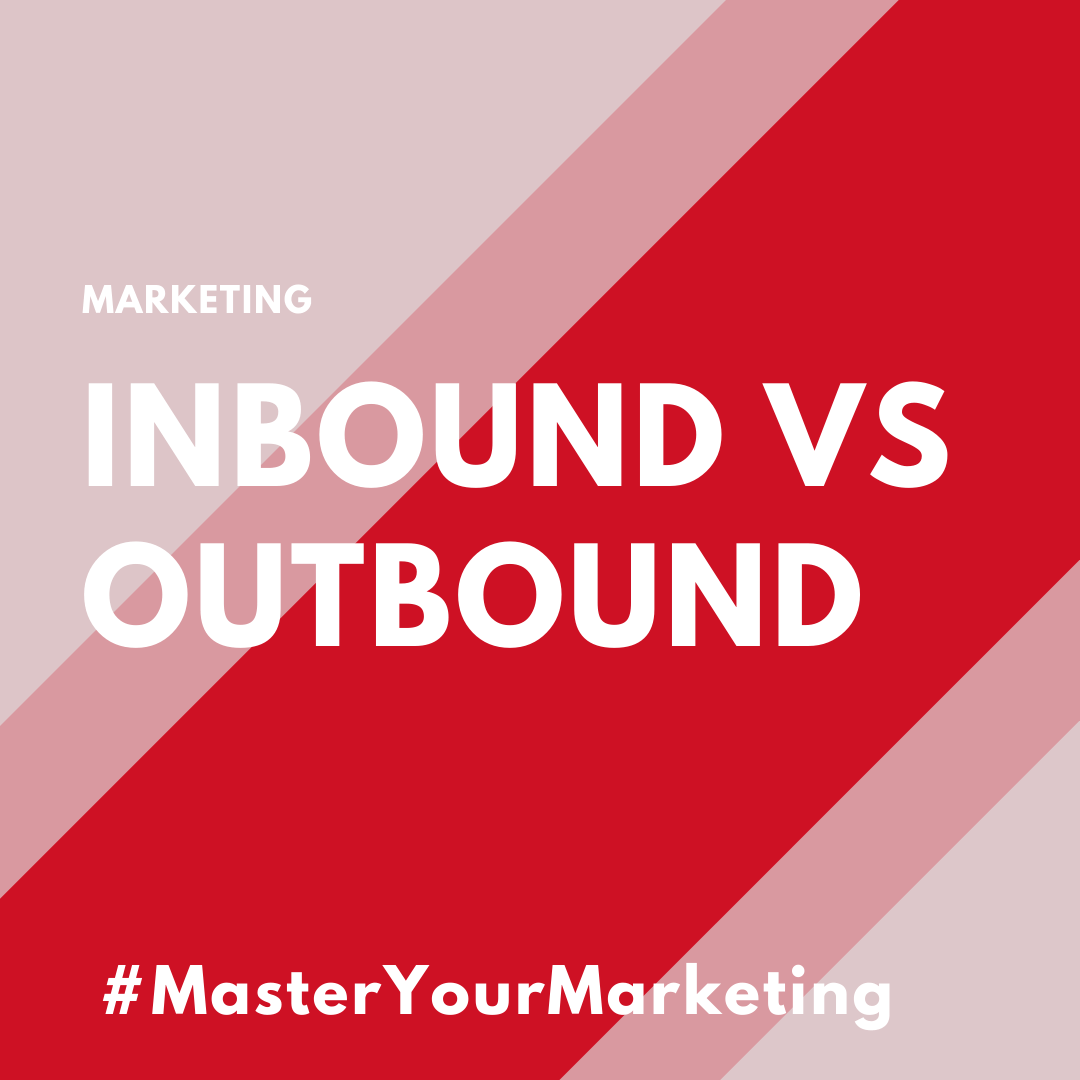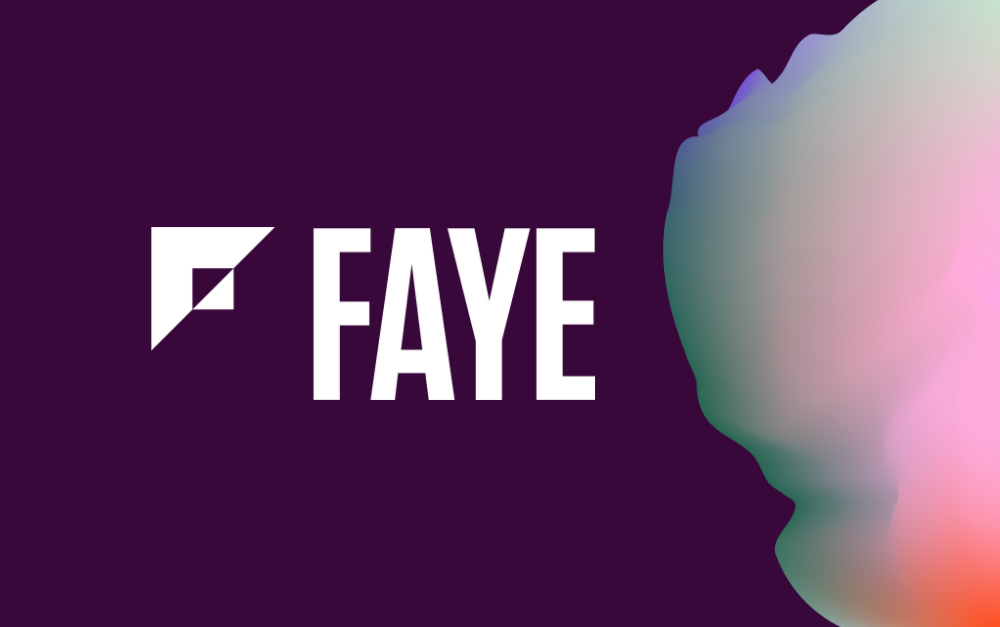
Inbound Marketing and Outbound Marketing. Most people don’t know the difference between them and that they yield wildly different results.
Outbound marketing has certainly been more popular up to this point with marketers spending 90% of their efforts on it and only 10% on Inbound. However, it may be time to flip those numbers around.
Check out this 3-minute video to get an introduction to Marketing Automation and understand if your company could benefit from it.
Outbound Marketing
This describes marketing strategies that allow you to push your message out far and wide in the hopes of capturing the attention of prospects who may be interested. It focuses on reaching a large number of people with generalized messaging and is typically a one-way conversation.
These strategies include:
- Seminars
- Trade Show
- Email blasts to purchased lists
- Cold calling
- Telemarketing
- Advertisements
Inbound Marketing
This describes marketing strategies where you help yourself get found by people who are already shopping around in your industry. It is the art of attracting the right prospects with interesting content that is educational and specific.
These strategies include:
- Website
- Blogging
- Social Media
5 Reasons To Flip Your Outbound and Inbound Efforts
Time and Effort
Outbound marketing takes way more time and effort. Outbound strategies have to try much harder because by nature they are trying to capture people who are not actively looking for them. As a result, it takes a lot more to teach this person about your products and your brand and therefore it takes much more time and effort to educate them. This can include several time-consuming strategies like email campaigns, calls, advertisements, trade shows and much more.
On the other hand, with Inbound the customers are looking for you, you just need to be in the right place at the right time so that you can be considered.
Cost Difference
Outbound marketing is far more expensive than Inbound. As we mentioned above, because the customers captured by Outbound weren’t seeking your products in the first place more must be done to educate them and as a result, the costs are higher.
With Inbound, a customer who is already looking around in your industry will have at least a base knowledge of the products available, so, instead, you can focus on creating content that will capture their interest. This content does not necessarily focus on your products but rather on solving a problem that the customer has.
ROI
To add insult to injury, after you’re spent copious amounts of time, money and effort on your Outbound marketing strategies, it is unlikely that you will have a large ROI. Again, due to the nature of the customers and the high costs of educating them, the ROI on Outbound marketing is quite low.
With Inbound marketing strategies, the ROI is much higher because of the lower costs associated with these strategies and due to the fact that their targeted audience is already looking for them.
Qualified Leads
That brings us to the quality of the leads that both Outbound and Inbound target. For Outbound, you are reaching out to anyone and everyone to see if there may be interested in your product, it is essentially a shot in the dark.
But with Inbound marketing, anyone that you encounter with these strategies already has at least a preliminary level of interest in your content and possibly your offerings making them qualified leads and more likely to convert into customers.
Crowding and Blocking
The average person is exposed to 4,000 – 10,000 advertising messages per day. In such a crowded field it is hard to stand out, potential customers are overloaded and as a result, they turn to blocking out the noise.
When blindly reaching out to people who may not be interested in your offerings, you run a high risk of getting blocked. Whether through email, calling, or otherwise, customers now have the technology to help them avoid unsolicited messaging and advertising.
These blocking methods include:
- Caller ID
- Spam Filtering
- Call and email blocking
- Tivo
- Sirus Satellite Radio
As a result, you lose your chance to interact with that person again or you may miss out on potential customers altogether. However, with Inbound the customer is looking for you or something like you; actively seeking your messaging, so there is no need to block you out.
It’s time to flip your efforts. Figure out where your customers are and be readily available when they are looking for you.
Check out this video for more on Social Media Marketing!





